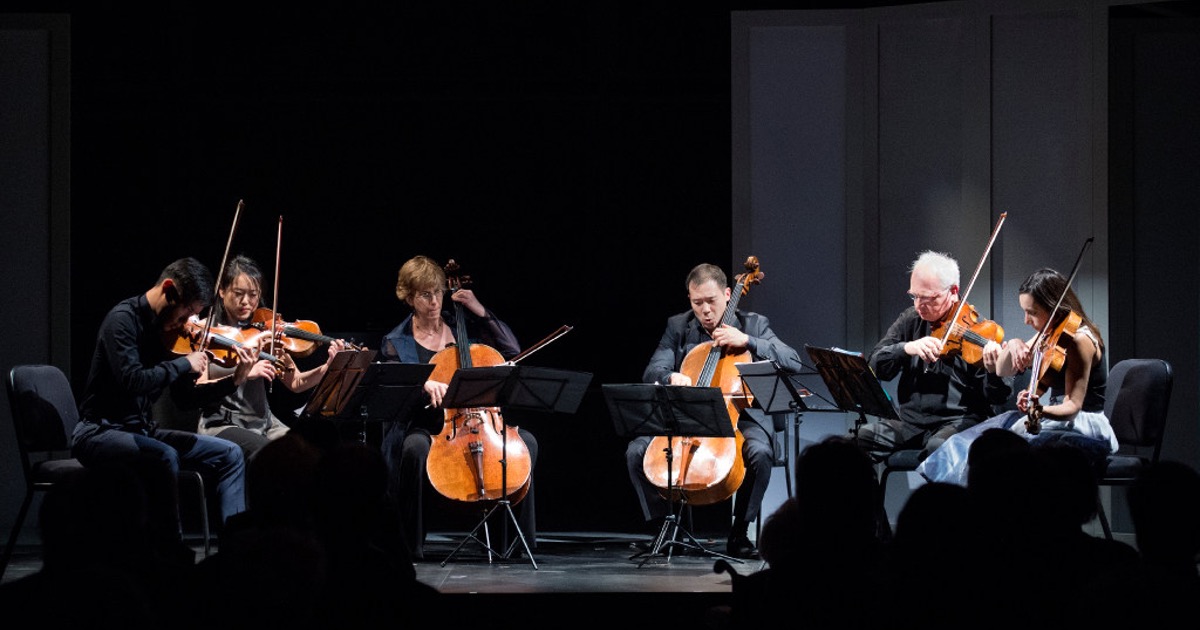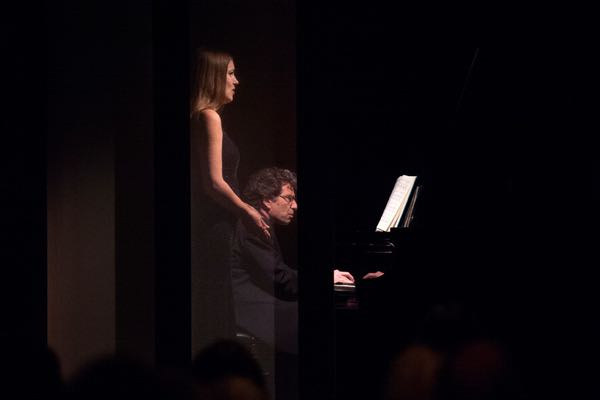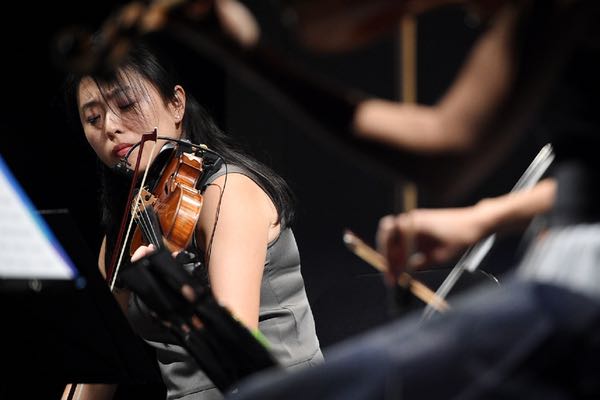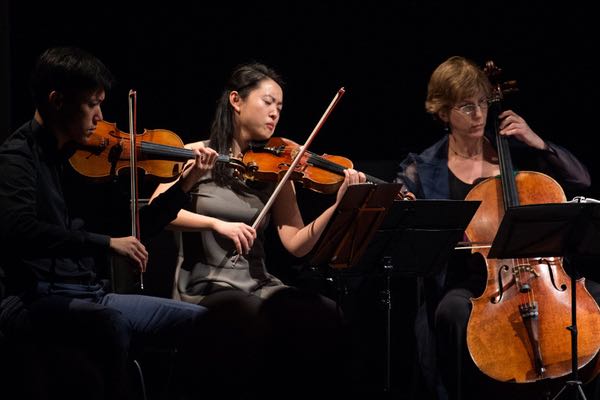Scott Cantrell, special contributor and former classical music critic for the Dallas Morning News, reviews "Schulhoff, Reich and Wagner: Music from Yellow Barn" at the Nasher Sculpture Center's Soundings series:

The prize for the year's most inventive--indeed, provocative--classical concert goes to the one presented Thursday night in the Nasher Sculpture Center's Soundings series.
The first sounds we heard, from behind a scrim, were the yearning suspensions opening the third act of Wagner's Tristan und Isolde, played by pianist (and Soundings artistic director) Seth Knopp. In fact, this was the introduction to the third of Wagner's love-smitten Wesendonck Songs, an introduction Wagner subsequently expanded into the orchestral prelude. Together with two other songs from the cycle at the end of the concert, it was elegantly sung, with incandescent tone, by soprano Melanie Henley Heyn.
(Jeffrey McWhorter/Special Contributor)Next came a lighthearted evocation of love, Erich Wolfgang Korngold's violin-and-piano arrangement of a waltzlike movement from his incidental music for Shakespeare's Much Ado About Nothing. With silken tone, violinist Daniel Chong joined Knopp in a warmly expressive performance.
A wholly different aspect of love was portrayed in the Sonata erotica [sic] by Erwin Schulhoff (1894-1942), a brilliant Czech composer whose Jewish heritage and later Soviet sympathies doomed him to death (of tuberculosis) in a Nazi concentration camp. For solo female voice, this "sonata" actually notates a crescendo and decrescendo of gasps, moans, screams and murmurs of a woman in, shall we say, physical ecstasy. It was quite convincingly realized by Liza Sadovy.
After these permutations of love, Steve Reich's 1988 Different Trains and Schulhoff's 1920-1924 String Sextet took us to very different places, although one could imagine connections. In the former, train trips before, during and after World War II are evoked in recordings of chugging, whistling trains and snippets of speaking voices; a string quartet supplies its own chuggings, but also anticipates, doubles and echoes the pitches and rhythms of the speaking voices. The Parker Quartet--violinists Chong and Ying Xue, violist Jessica Bodner and cellist Kee-Hyun Kim--collaborated in a gripping account.
(Jeffrey McWhorten/Special Contributor)Right-wing governments are invariably hostile to artistic innovation, and Schulhoff's embrace of influences from the Dada movement as well as both musical and visual expressionism further doomed him during the Nazi occupation.
(Jeffrey McWhorter/Special Contributor)After a roughhewn, atonal Allegro risoluto, the Sextet's following three movements are less confrontational, though hardly soothing. Free-range lines--not really melodies--are woven through various accompanimental textures. The third movement is an earthy quasi-folkdance à la Bartók. Adding violist Roger Tapping and cellist Natasha Brofsky, the Parker Quartet too readily sacrificed tuning to fury in the first movement, but thereafter the playing was impressively focused and compelling.



